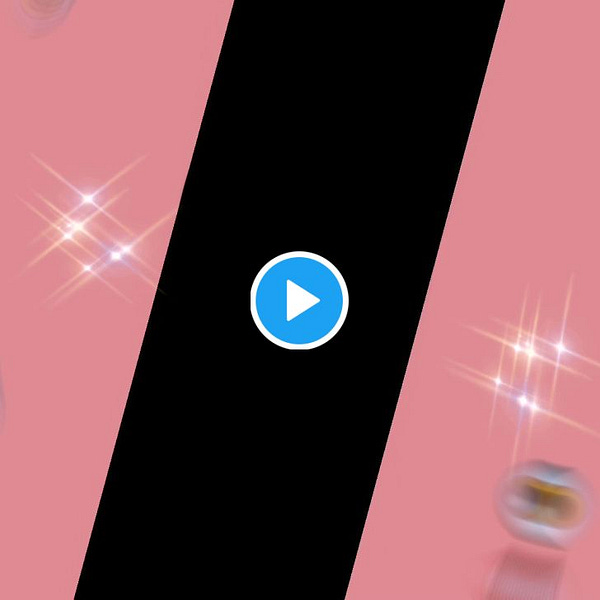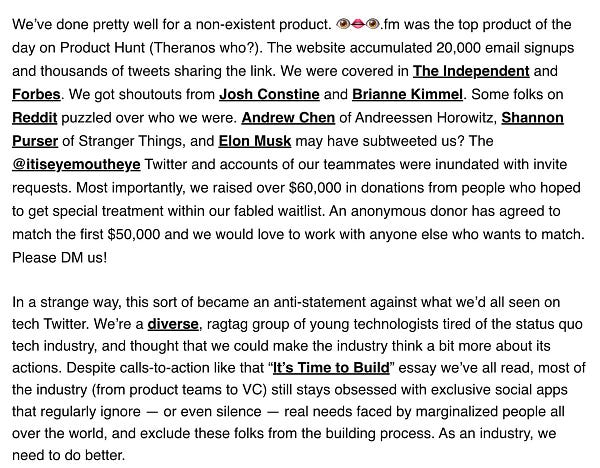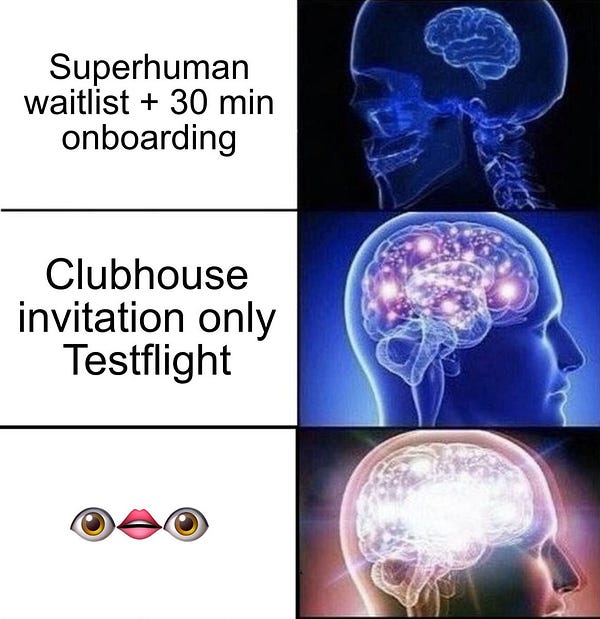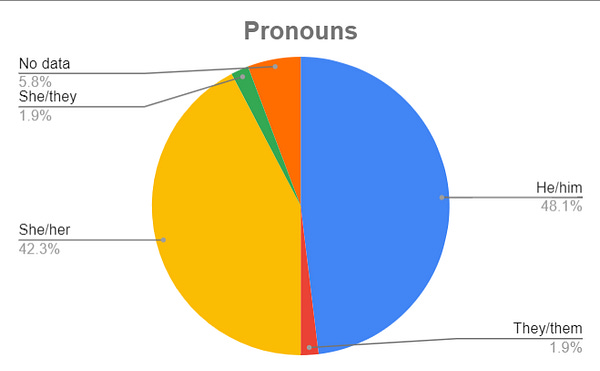👉 What 👁👄👁 means for inclusion in tech
A prank pulled off in 36 hours by 60+ Zoomers in tech raised >$100K for black causes plus everything else that happened on Tech Twitter the week ofJune 21st
Yo! ✌️ I’m Brett! I am a Product Manager, musician, and Twitter power user. Twitter is where all the action happens in the tech industry but it’s not easy to keep up with. I write this weekly newsletter to help people stay informed on the most important discussions happening on Tech Twitter.
✨ TLDR
👁👄👁 It was what it was - a group of 60 young people pulled off one of the most epic and obscure pranks in tech history in less than 48 hours, raising >$100K for black philanthropies along the way.
🥇Exclusivity and FOMO are powerful but destructive - the stunt, modeled after controversial tech product launches from the last year, exploited weak points in human (and particularly VC) psychology.
😜 Pranks are modern activism - Gen Z is known for socially conscious pranks like these. With the US presidential election coming up, you can bet this won’t be the last we hear from them.
✊🏾 Diversity is a competitive advantage - one of the stunt’s main points was that tech is nowhere near as diverse as it should be. With remote work unlocking a global talent pool, tech companies may no longer have a choice.
📱BONUS: Apple hints AR with its new design system - skeuomorphism ushered in the era of the iPhone, neumorphism will do the same with AR
Plus a round up of the best tweets from the last week!
👁👄👁 It was what it was
A group of 60 young tech people pulled off one of the greatest pranks in tech history last week. Here’s how it all went down [skip ahead if you know the story]:
On Thursday night, a number of people on Twitter started changing their names to “👁👄👁” and posting links to what looked like a 1990s computer virus or a very tastefully modern product launch waitlist. After inputting their email on the site, people were encouraged to share out a link to move up on the waitlist.
Despite no one knowing what it was, Tech Twitter became completely consumed within a matter of hours.
Team members shared app screenshots, videos, “invites” and other content to drive up excitement - they even got coverage in a number of major news publications.
As more people shared and retweeted content, virality eventually began to get converted into cash. Team members pushed people to donate to charities like Loveland Foundation in order to move up the waitlist.
The stunt culminated in a countdown to Friday at 7pm where the team finally came clean:
There isn’t an app. This was a giant last-minute prank meant to raise money for Black Lives Matter and call attention to the lack of diversity and obsession with status in the tech industry.
Ultimately the team raised over $100K for various causes around racial justice. Tech Twitter could not have been more proud and full of love for this team.

Here are some of the key takeaways from this event:
🥇 Exclusivity and FOMO are powerful but destructive
Over the last year or so we’ve seen a number of products successfully use exclusivity and FOMO (usually through waitlists) to drive growth.


This stuff works because it exploits weak points in human psychology:
Humans are status seeking: From the clothes we wear to the words we speak, much of human behavior is meant to signal status within a group. Posting 👁👄👁on your Twitter bio or getting early access to a TestFlight tells the world you’re part of an in-group for a new product. This equates to status because early users of social platforms can gain larger followings than later users (see Status as a Service) and in venture capital, success (and thus status) is highly dependent on being the first to a deal.


Random rewards drive more action: There was a study that showed that rats took reward-seeking actions more often when the reward was random versus when it came at a predictable interval. Slot machines and in-group membership demand also operate under this premise. When membership of a high-status group is somewhat random, demand is extremely high. A lot of people want to get into Clubhouse because they see celebrities as well as muggles gaining access - admissions criteria seem random. Whereas, very few people who did poor in high school are upset that they didn’t go to Harvard - admissions criteria seem clear.
There’s been a lot of controversy around waitlists and other growth stunts because they make people feel really bad for no logical reason. Being stuck on a waitlist while others are getting in makes you feel like you don’t deserve to be part of that in-group. Even if you aren’t extremely invested, getting rejected hurts. Humans have a fundamental need to belong - exclusivity is psychologically painful.
😜 Pranks are modern activism
Zoomers are an incredibly passionate and creative generation living through one of the most difficult times in history.


👁👄👁 is one of many examples of a new form of activism that is native to Gen Z that the wold first got a taste of after the Stoneman Douglass High School Shooting in 2018, when students roasted conservative politicians on Twitter and live TV in the name of gun control.
Just recently, Zoomers from Tik Tok and KPop fan groups flooded Trump’s Tulsa campaign rally with hundreds of thousands of fake sign ups, causing the event to fall flat when it arrived.
This new activism is social media-driven, massively multiplayer, hilarious, and pointed. With the US election coming up, it’s likely we’ll see a lot more from this generation very soon.
✊🏾 Diversity is a competitive advantage
One of the main messages of the 👁👄👁 prank was that the current state of diversity and inclusion in the tech industry is unacceptable. Despite using language and messaging emphasizing it, most tech companies are not very diverse.
The 👁👄👁team published their numbers - something Snap refused to do weeks earlier amidst one of the biggest racial equality movements in recent history.
Whether or not there is a “pipeline problem”, Zoomers currently entering the workforce demand a diverse and inclusive work environment more than any generation before it. Also, as more companies embrace remote work, a massive talent pool of highly skilled and workers in Africa, India, and other emerging regions is unlocked.
Companies that do not embrace diversity may not be able to attract this naturally diverse and passionate workforce over the long term.
📱Apple hints AR with its new design system
Apple held its annual developer conference last week. What I found most interesting was Apple’s new design pattern - people are calling it neumorphism.




Lucas is right. This design system is an intermediary step for AR. It is meant to bring users from the flat world of mobile apps to the 3D world of AR.
The last time Apple made a big design shift like this was from skeuomorphic to flat design, and it had the same function - move consumers from one paradigm to the next.
Skeuomorphism helped migrate users from the real world to the iPhone by using them literal representations of things they had IRL (e.g. books were represented by a book shelf app). Flat design has been the stable design system for the iPhone over the years because mobile interfaces are flat - flat design is native to a flat environment.
✌️ Other great tweets






Click into these threads




🙏 Thanks
See you all next time 👁👄👁























